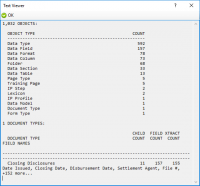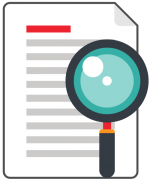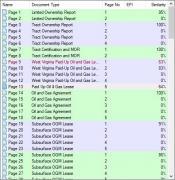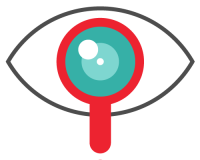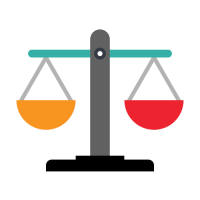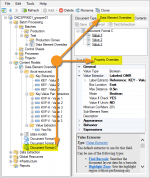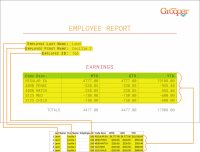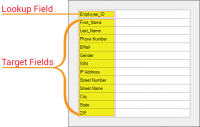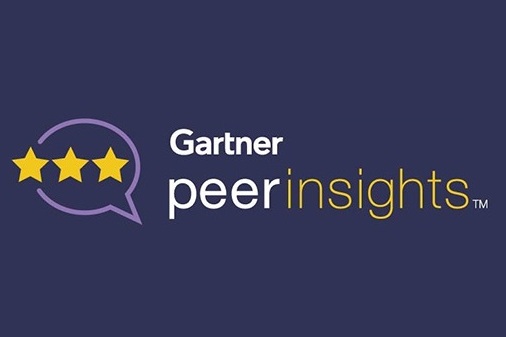Main Page: Difference between revisions
Dgreenwood (talk | contribs) No edit summary |
Dgreenwood (talk | contribs) No edit summary |
||
| (13 intermediate revisions by 2 users not shown) | |||
| Line 14: | Line 14: | ||
|[https://grooper.bisok.com/Documentation/2.90/Main/HTML5/index.htm#t=Start_Page.htm 2.90 Reference Documentation] | |[https://grooper.bisok.com/Documentation/2.90/Main/HTML5/index.htm#t=Start_Page.htm 2.90 Reference Documentation] | ||
|} | |} | ||
{|cellpadding="15" cellspacing="10" | {|cellpadding="15" cellspacing="10" | ||
|-style="background-color:#36b0a7; color:white; font-size:16pt" | |-style="background-color:#36b0a7; color:white; font-size:16pt" | ||
| Line 21: | Line 19: | ||
|-style="background-color:#d8f3f1" valign="top" | |-style="background-color:#d8f3f1" valign="top" | ||
| | | | ||
[[File: | [[File:Data-section-page-icon.png|right|link=Data Section]] | ||
<blockquote style="font-size:14pt"> | <blockquote style="font-size:14pt"> | ||
[[ | '''[[Data Section]]''' | ||
</blockquote> | </blockquote> | ||
'''Data Sections''' are '''[[Data Element]]s''' of a '''[[Data Model]]'''. They allow a document's content to be subdivided into smaller portions (or "sections") for further processing, yielding the extraction process higher efficiency and accuracy. | |||
Often, they are used to extract repeating sections of a document. For example, if a document had several sections of data for different customers, a '''Data Section''' could be used to pull data for each customer. This is especially useful for situations where the data within the section is predictable, but the number of sections in the document is not (i.e. if one document has one customer's data listed but the next has five, the next has two, and so on and so on). | |||
'''Data Sections''' can also be used to: | |||
* Organize data from complex documents | |||
* Make a hierarchical representation of a document's structure, or | |||
* Reorder content from multiple columns on a page. | |||
'''Data Sections''' may have, as its children: | |||
* '''[[Data Field]]s''' | |||
* '''[[Data Table]]s''' | |||
* Their own '''Data Sections''' | |||
| | | | ||
The earliest examples of OCR (Optical Character Recognition) can be traced back to the 1870s. Early OCR devices were actually invented to aid the blind. This included "text-to-speech" devices that would scan black print and produce sounds a blind person could interpret, as well as "text-to-tactile" machines which would convert luminous sensations into tactile sensations. Machines such as these would allow a blind person to read printed text not yet converted to Braille. | The earliest examples of OCR (Optical Character Recognition) can be traced back to the 1870s. Early OCR devices were actually invented to aid the blind. This included "text-to-speech" devices that would scan black print and produce sounds a blind person could interpret, as well as "text-to-tactile" machines which would convert luminous sensations into tactile sensations. Machines such as these would allow a blind person to read printed text not yet converted to Braille. | ||
| Line 134: | Line 143: | ||
|style="width:25%"| | |style="width:25%"| | ||
* [[ACE Training Schedule]] | * [[ACE Training Schedule]] | ||
* [https://go.bisok.com/first-tuesday-grooper-technical-user-group First Tuesday User Group Signup] | |||
|} | |} | ||
Revision as of 13:04, 28 June 2021
| Getting Started | |||
|
Grooper was built from the ground up by BIS, a company with 35 years of continuous experience developing and delivering new technology. Grooper is an intelligent document processing and digital data integration solution that empowers organizations to extract meaningful information from paper/electronic documents and other forms of unstructured data. The platform combines patented and sophisticated image processing, capture technology, machine learning, natural language processing, and optical character recognition to enrich and embed human comprehension into data. By tackling tough challenges that other systems cannot resolve, Grooper has become the foundation for many industry-first solutions in healthcare, financial services, oil and gas, education, and government. |
Getting Started | ||
| Install and Setup | |||
| 2.90 Reference Documentation | |||
| Featured Articles | Did you know? |
|
Data Sections are Data Elements of a Data Model. They allow a document's content to be subdivided into smaller portions (or "sections") for further processing, yielding the extraction process higher efficiency and accuracy. Often, they are used to extract repeating sections of a document. For example, if a document had several sections of data for different customers, a Data Section could be used to pull data for each customer. This is especially useful for situations where the data within the section is predictable, but the number of sections in the document is not (i.e. if one document has one customer's data listed but the next has five, the next has two, and so on and so on). Data Sections can also be used to:
Data Sections may have, as its children:
|
The earliest examples of OCR (Optical Character Recognition) can be traced back to the 1870s. Early OCR devices were actually invented to aid the blind. This included "text-to-speech" devices that would scan black print and produce sounds a blind person could interpret, as well as "text-to-tactile" machines which would convert luminous sensations into tactile sensations. Machines such as these would allow a blind person to read printed text not yet converted to Braille. The first business to install an OCR reader was the magazine Reader's Digest in 1954. The company used it to convert typewritten sales reports into machine readable punch cards. It would not be until 1974 that OCR starts to form as we imagine it now with Ray Kurzweil's development of the first "omni-font" OCR software, capable of reading text of virtually any font. |
| New in 2.9 | Featured Use Case | ||||||||||||||||||||||||||||||||||||
|

Discover how they:
| ||||||||||||||||||||||||||||||||||||
Feedback
| Feedback | |
|
We value your feedback! | |
| Other Resources | |||
|
|||


